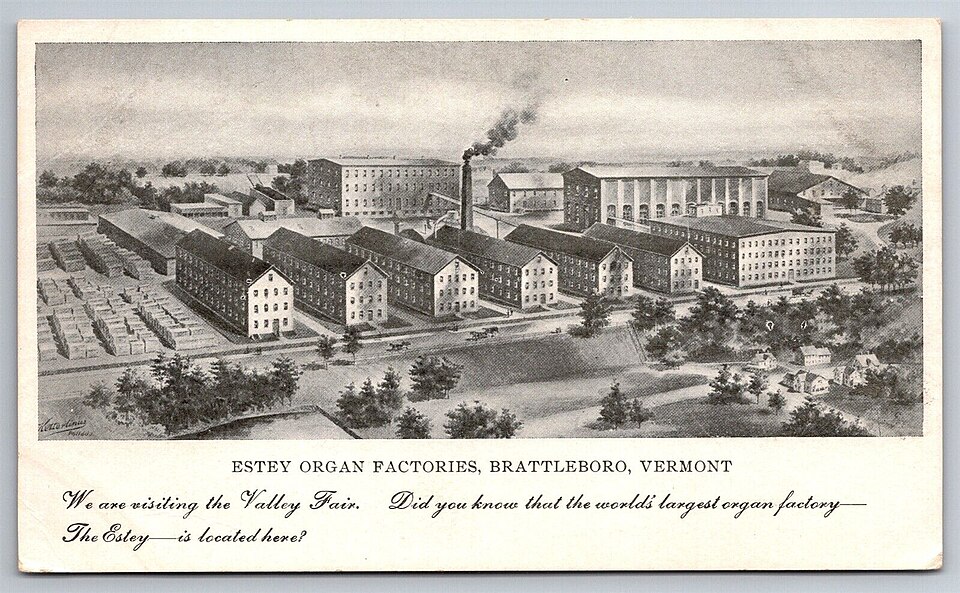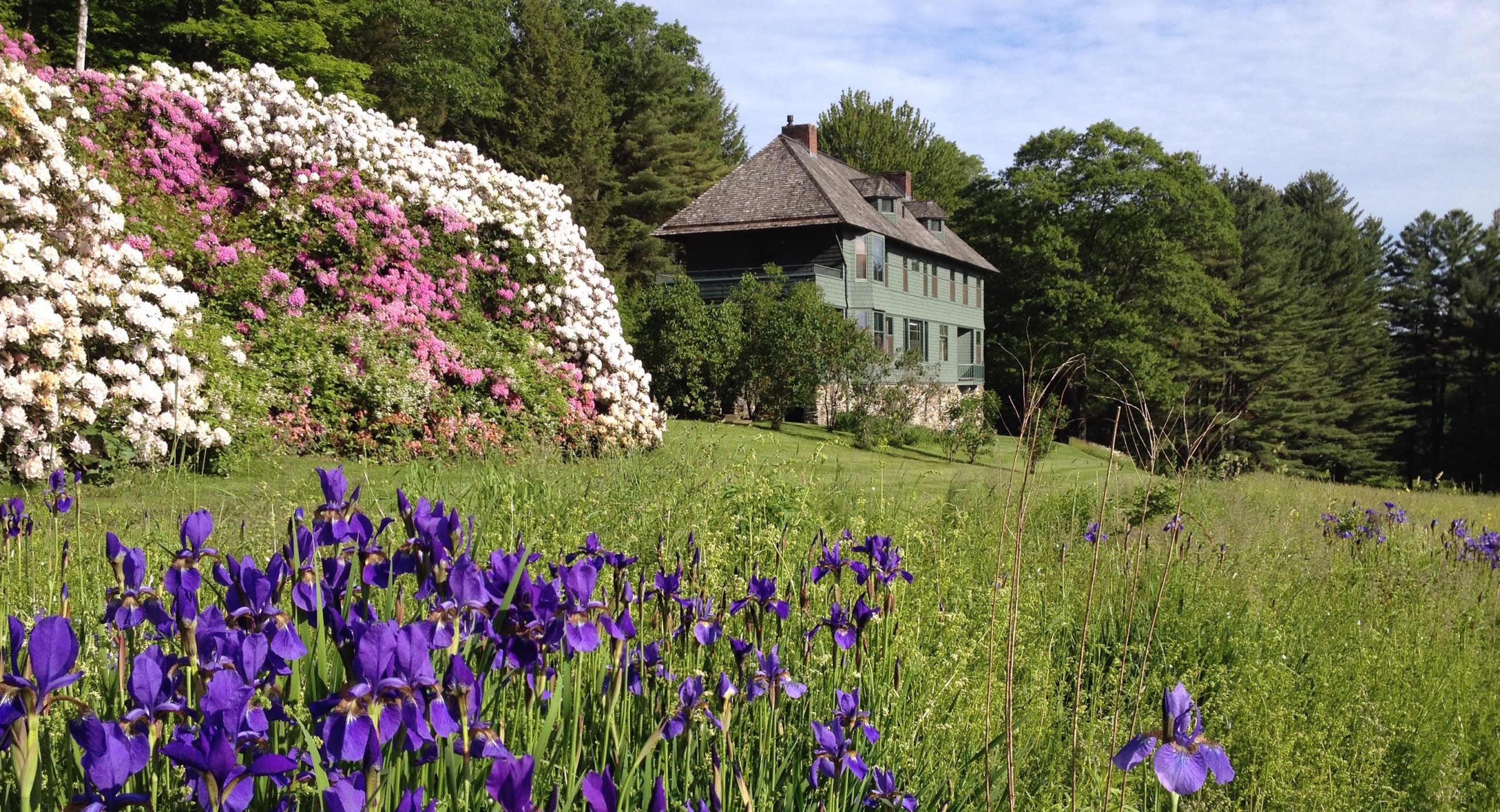
A Short History Of Brattleboro, Vermont
A Storied History of Culture, Innovation, and Resilience
Brattleboro, Vermont, nestled along the Connecticut River, boasts a rich and vibrant history that stretches back millennia. From ancient Indigenous settlements to booming 19th-century industries, the town’s evolution is marked by defining decades, cultural milestones, and a strong sense of community spirit.
The Early Years: Forts and Foundations
Long before European settlers arrived, the area we now know as Brattleboro was home to Native Americans dating back to 10,000 B.C.E. In 1724, Fort Dummer became the first English settlement in Vermont, constructed to protect settlers during colonial conflicts. The town itself was officially chartered in 1753, named after William Brattle, Jr.—ironically, a man who never lived there.
By 1771, the first commercial store had opened, and in 1784, Vermont’s independent republic era saw Brattleboro establish one of the state’s earliest post offices. The population surged in the mid-1800s, fueled by economic development and the arrival of the railroad in 1849.

1870–1920: The Defining Decades
The period between 1870 and 1920 was transformative for Brattleboro—a time captured in a 2018-2019 exhibit at the Vermont History Museum titled Brattleboro: The Defining Decades. These years saw remarkable growth, innovation, and notoriety for the small Vermont town.
Brattleboro became a major hub for the Estey Organ Company, at one point the largest organ manufacturer in the U.S. The company not only shaped the local economy but caught the attention of Henry Ford, who visited the factory in 1915 and drew inspiration for his own assembly lines.
During the Civil War, Brattleboro played a key role as a mustering site for Vermont troops. The town also made waves in the world of medicine and wellness with the establishment of the famous Wesselhoeft Water Cure in 1845 and later, the Brattleboro Memorial Hospital in the early 1900s.
These decades were not without hardship. Fires, floods, and economic scandals—like the 1880 collapse of the First National Bank—tested the town’s resilience. Nevertheless, Brattleboro continued to thrive, hosting presidents (McKinley, Roosevelt, and Taft), publishing Vermont’s first Bible, and launching influential institutions such as the Brattleboro Reformer newspaper.

Arts, Culture, and Notable Residents
Brattleboro’s creative spirit has long been one of its defining features. World-renowned author Rudyard Kipling lived Dummerston and penned The Jungle Book during his time there. The town has also been home to two Nobel Laureates in Literature—Kipling and Saul Bellow—and was an early inspiration for H.P. Lovecraft.
The town’s artistic heritage lives on through institutions like the Latchis Hotel & Theatre, a rare Art Deco gem built in 1938, and events like the monthly Gallery Walk. Music, architecture, and visual arts have flourished thanks to residents like architect William Mead and painter William Morris Hunt.
A Town of Firsts and Milestones
Brattleboro has long been a hub of innovation, education, and social progress, earning its reputation as a town of firsts. In 1837, it became the site of the first public library in Vermont, a reflection of its deep commitment to literacy and learning.
Brattleboro was also home to the first mutual aid society in the United States, founded in the 1780s, setting an early example of neighborly support and collective welfare. The town played a leading role in the early adoption of hydroelectric power, utilizing the rushing waters of the Whetstone Brook and the Connecticut River to drive local industry.
In the realm of mental health care, Brattleboro was a pioneer with the establishment of the Brattleboro Retreat in 1834, one of the first private psychiatric hospitals in the country, which championed humane treatment for patients at a time when such practices were rare.
Education and publishing have also flourished here. The town hosted one of the earliest teacher training institutions, and in 1951, it welcomed the first U.S. Peace Corps training program. Brattleboro’s publishing history is rich as well—home to several influential small presses and literary journals that have supported independent voices for decades.
This tradition of trailblazing continues to define Brattleboro’s character—open-minded, forward-thinking, and always ready to lead the way.
Experience Brattleboro Today
Modern-day Brattleboro is a thriving community where creativity and sustainability intersect. Its historic downtown district is lined with independent shops, cafes, and bookstores, offering everything from handcrafted goods to locally sourced cuisine. The town’s vibrant arts scene is on full display at venues like the Brattleboro Museum & Art Center, the Latchis Theatre, and in public art installations throughout the area.
The town also boasts a strong tradition of environmental stewardship and local agriculture. The Brattleboro Food Co-op, owned by community members, exemplifies the town’s commitment to cooperative economics and healthy living. Local farms, farmers markets, and community-supported agriculture programs provide fresh, organic produce and foster a close connection between residents and the land.
Whether you’re here for a weekend visit or considering a longer stay, Brattleboro welcomes you with open arms and an open mind. Discover its layers of history, engage with its creative spirit, and become a part of a community that celebrates both individuality and togetherness.
Welcome to The One and Only Brattleboro.